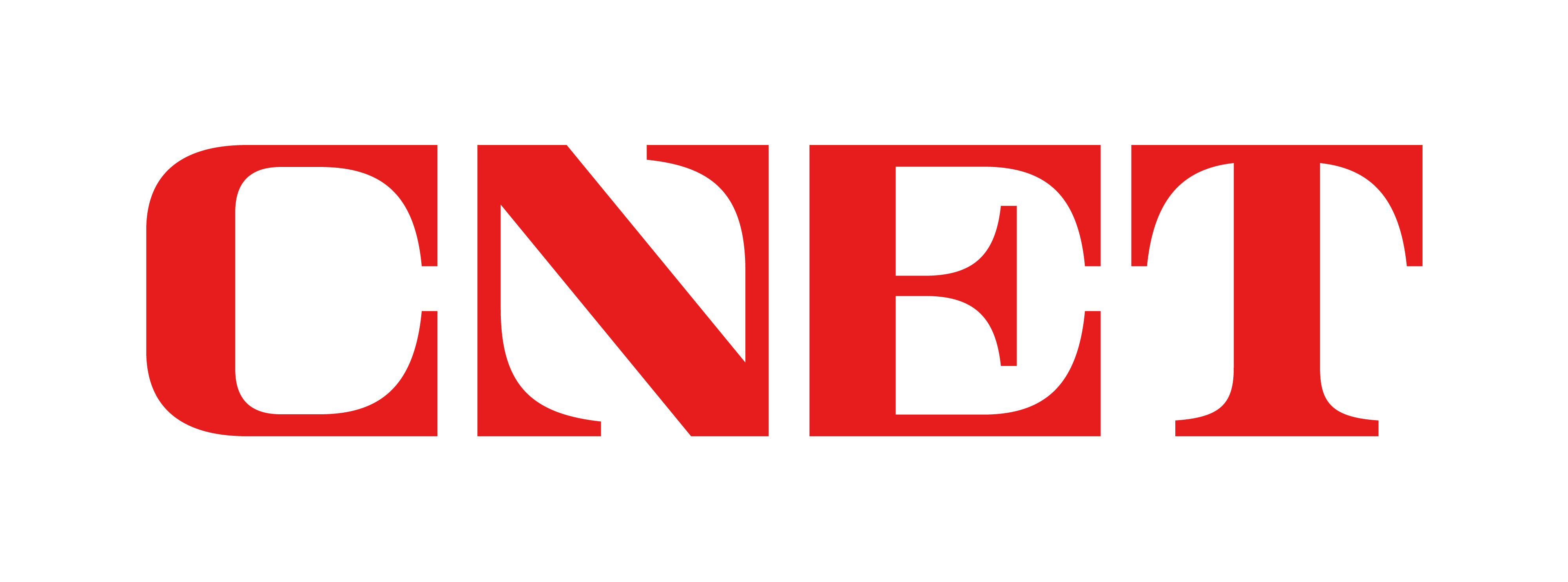Don’t miss out on our latest stories. Add PCMag as a preferred source on Google.
While many US states are using federal funds to expand fiber networks, Ohio is turning to SpaceX’s Starlink to deliver high-speed broadband to 31,000 underserved locations.
Starlink has emerged as the top provider for Ohio’s Broadband Equity, Access, and Deployment (BEAD) program, which is focused on using federal funds to close high-speed internet gaps across the US. On Thursday, Ohio revealed it picked Starlink for 41% of the state’s underserved locations, far more than any other ISP. Coming in second, at 13%, is fiber provider Spectrum from Charter Communications.
(Credit: PCMag)
In Ohio, Starlink will receive $51.6 million in federal subsidies. This is the second-largest BEAD allocation for Starlink to date, behind Montana, which awarded Starlink $119 million through its own BEAD proposal, but for only 20,000 underserved locations in the state, or a 28% share. (Meanwhile, Colorado is also banking on satellite internet services, but instead mostly selected Starlink’s rival, Amazon’s Project Kuiper.)

(Credit: Ohio BEAD Grant program)
Although Ohio and Montana will still rely on fiber for some locations, both states awarded a significant share of their funding to Starlink after the Trump administration overhauled the BEAD program to focus on “technology neutrality” and lower costs. The controversial change opened the door for more BEAD funding to flow to satellite internet services, but at the expense of faster, but costly fiber installations.
Ohio was granted $793 million in BEAD funds, but the state’s proposal shows it’ll only need $227 million. Ohio prioritized bids with the “lowest cost,” with shorter deployment periods and network speeds as secondary factors. That likely gave Starlink a leg up since satellite internet service is widely available and cheaper to deploy compared with laying miles of fiber optic cable.
Still, Ohio’s BEAD proposal shows that Starlink is only required to provide internet speeds of 100Mbps for downloads and 20Mbps for uploads. The other fiber providers, such as Spectrum and AT&T, plan on supplying 1 gigabit to the underserved locations.
Recommended by Our Editors
The Trump administration’s decision to save costs by letting more BEAD funding go toward satellite providers over fiber has sparked criticism. Doug Adams, a broadband marketing executive, wrote of Ohio’s BEAD proposal: “An argument could be made that the people who want satellite, already have satellite. Or to quote one off-the-record (and tongue-in-cheek) state broadband leader, ‘What are we even paying for?'”
Under the BEAD program, Starlink is only required to provide a free satellite dish to eligible locations while reserving network capacity; it’s under no obligation to provide discounted monthly service to all subscribers. Still, SpaceX says it’s working on upgrading Starlink to provide gigabit speeds.
The company has also been demanding that at least a few US states, such as Virginia and Louisiana, revise their BEAD proposals, claiming Starlink was unfairly overlooked. SpaceX has also urged the Commerce Department to intervene.


5 Things to Know About Starlink Satellite Internet

Get Our Best Stories!
Your Daily Dose of Our Top Tech News

By clicking Sign Me Up, you confirm you are 16+ and agree to our Terms of Use and Privacy Policy.
Thanks for signing up!
Your subscription has been confirmed. Keep an eye on your inbox!
About Michael Kan
Senior Reporter












